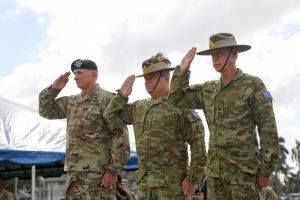By Micha’el Tanchum*
 A recent investigation revealed that Chinese troops are stationed on Tajikistan’s south-eastern border, 30 kilometres from Pakistan-administered Kashmir across Afghanistan’s Wakhan corridor. India has unsuccessfully sought to establish its own military base in Tajikistan for over 15 years. The discovery of Chinese troops constitutes a severe setback to New Delhi’s Central Asian ambitions.
A recent investigation revealed that Chinese troops are stationed on Tajikistan’s south-eastern border, 30 kilometres from Pakistan-administered Kashmir across Afghanistan’s Wakhan corridor. India has unsuccessfully sought to establish its own military base in Tajikistan for over 15 years. The discovery of Chinese troops constitutes a severe setback to New Delhi’s Central Asian ambitions.
Soldiers from the base reportedly wear the insignia of the Xinjiang units of the People’s Liberation Army (PLA). In 2016, Chinese mine-resistant armoured vehicles bearing the logo of China’s paramilitary forces were photographed patrolling Baza’i Gonbad in the Wakhan Corridor. To respect Russian sensitivities — Moscow being Dushanbe’s main security provider — China’s forces in Tajikistan could plausibly be composed of paramilitaries under PLA command or perhaps PLA troops out of standard uniform.

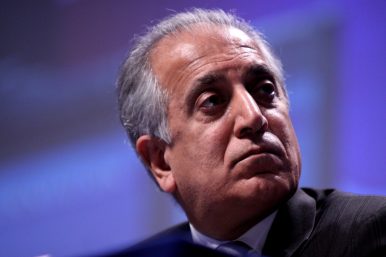
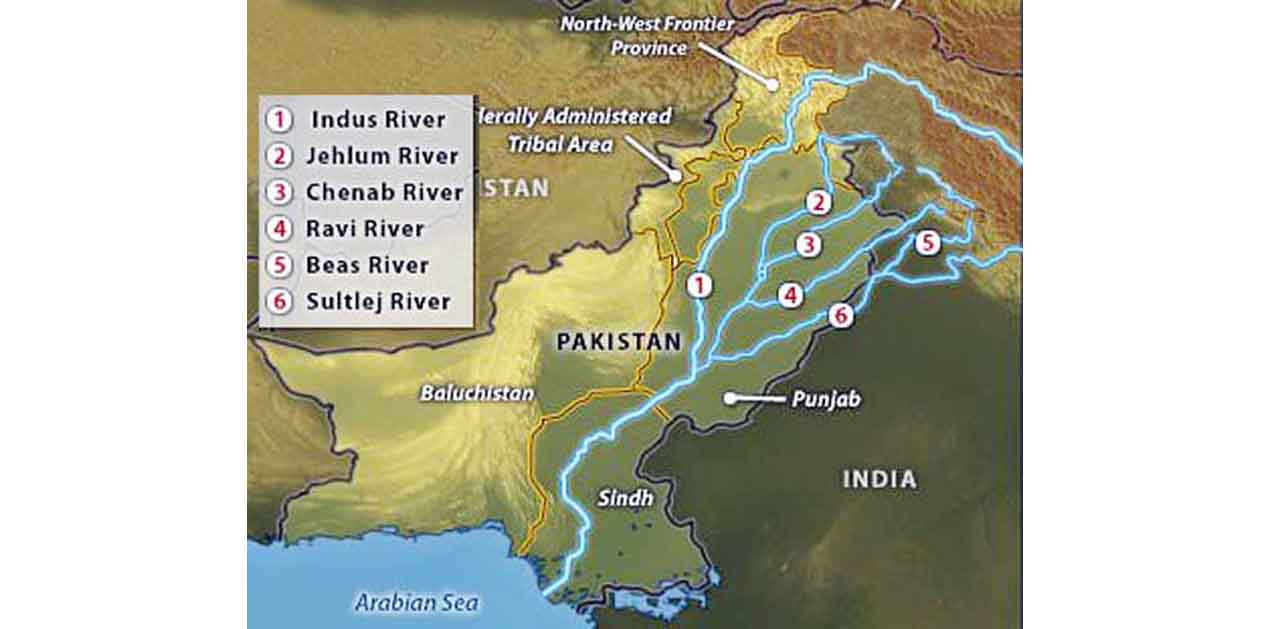
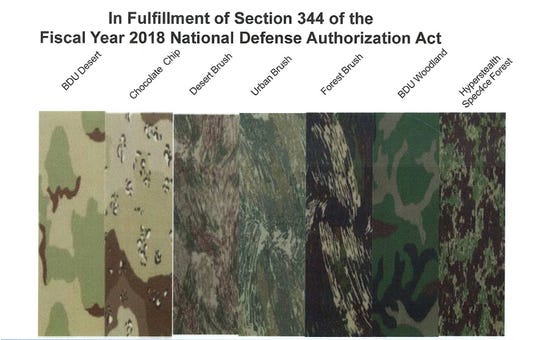


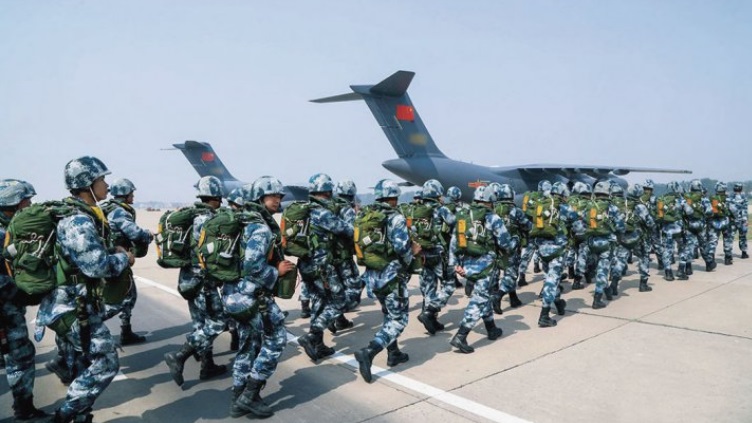

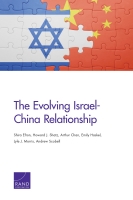

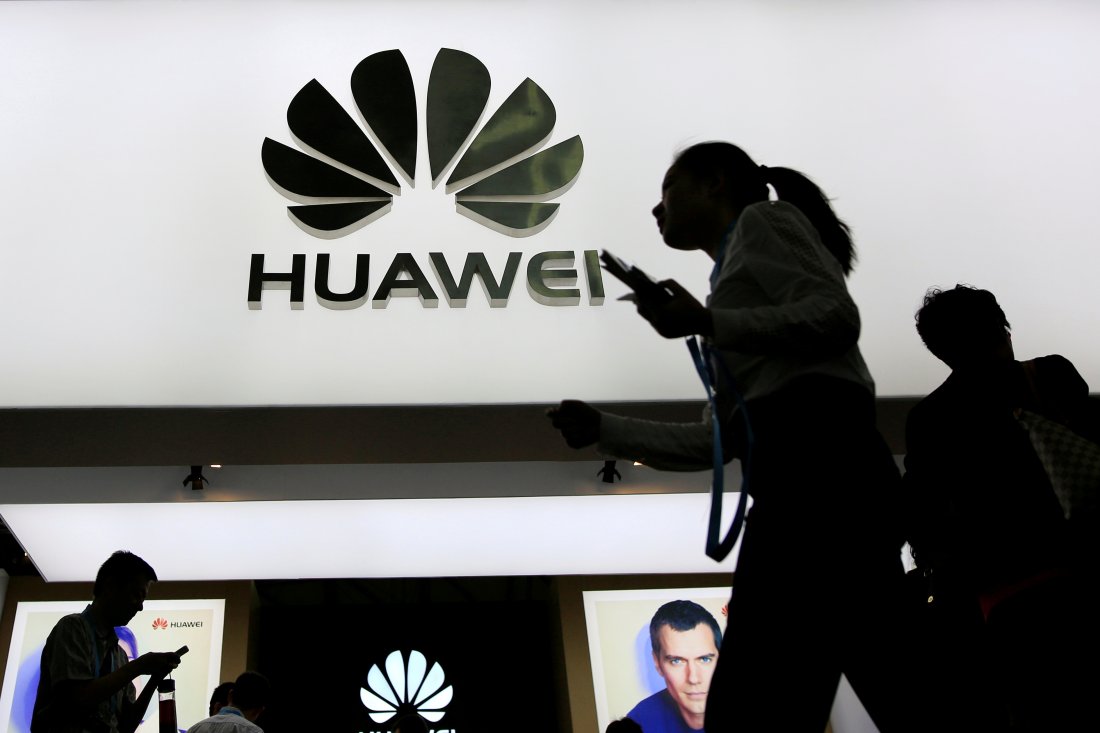

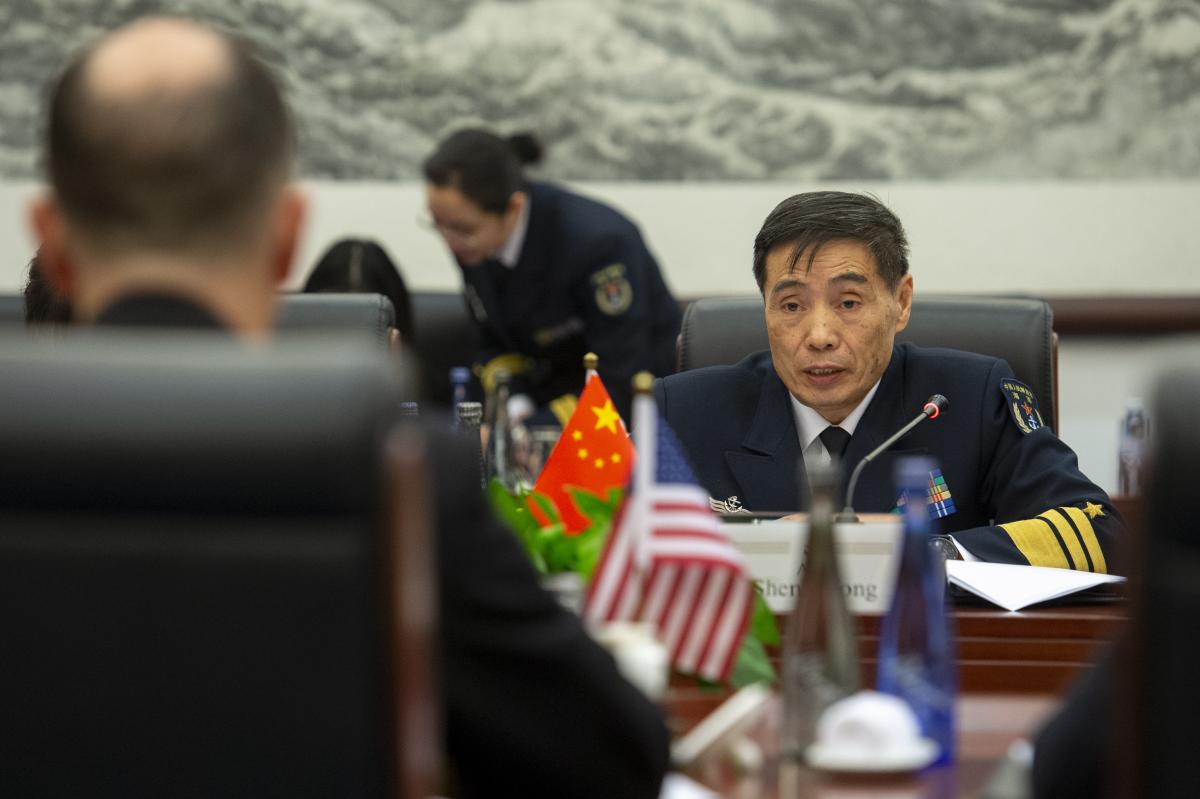



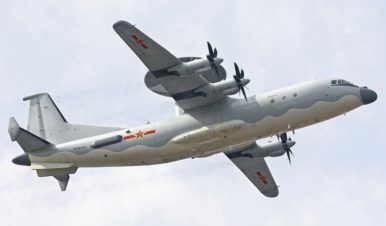
/arc-anglerfish-arc2-prod-mco.s3.amazonaws.com/public/EB4BOAZMGVDA3EI6PO3RTBZGRM.jpg)

